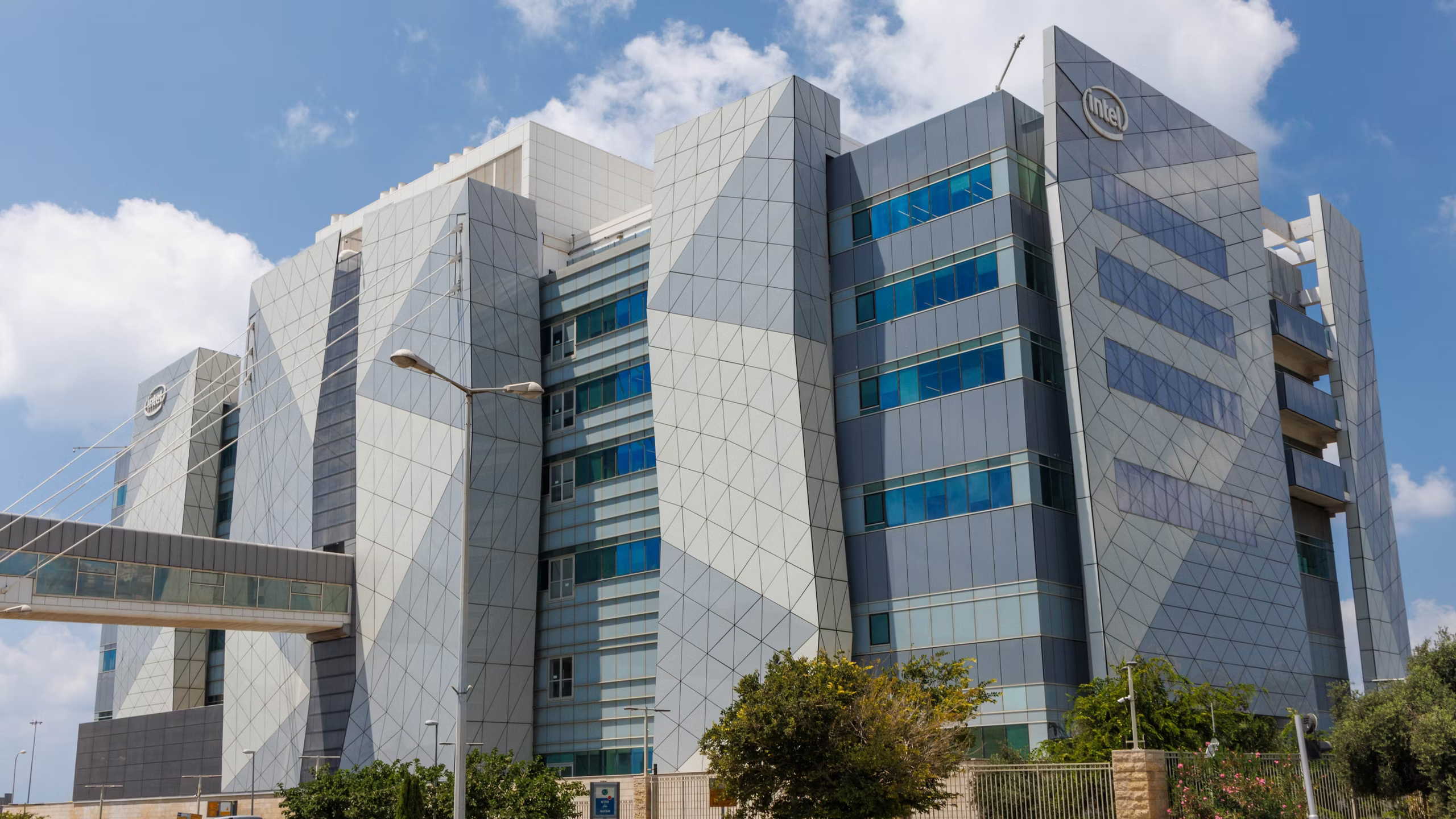
Intel this week began its new round of layoffs globally, which includes layoffs in Israel, where hundreds of employees are expected to lose their jobs, reports Ynet. Just like elsewhere, Intel's cuts in Israel include layoffs at the company's major manufacturing site in Kiryat Gat, marking a shift in the company's strategy in the country. Furthermore, the company is even considering shutting down its Fab 28 in Israel, which will be a dramatic move. While the company does not comment on specifics, it reaffirms the ongoing restructuring.
"As we announced earlier this year, we are taking steps to become a leaner, faster and more efficient company," a spokesperson for Intel told Tom's Hardware. "Removing organizational complexity and empowering our engineers will enable us to better serve the needs of our customers and strengthen our execution. We are making these decisions based on careful consideration of what is needed to position our business for the future, and we will treat people with care and respect as we complete this important work."
Intel layoffs personnel from Fab 28
Intel has started issuing pre-dismissal notices to workers, signaling the start of layoffs that will affect several parts of its Israeli operations, reports Calcalist. This reportedly includes 200 people who work at the Fab 28 campus near Kiryat Gat, which employs about 4,000 of Intel Israel’s total over 9,000-person workforce, which is expected to stabilize at around 8,500 after the layoffs. Until now, Intel had avoided layoffs in Kiryat Gat due to financial support from the Israeli government and long-standing commitments Intel had made as part of its local expansion plans to the authorities.
Yet, desperate times call for desperate measures. Intel secured a $3.25 billion grant from the Israeli government in December 2023 to build its Fab 38 adjacent to Fab 28, only to pause the project in mid-2024. Now, the time has come to lay off personnel at Fab 28.
The affected roles at Kiryat Gat primarily include mid-level managers (e.g., team leaders), first-line supervisors, and technicians from the Remote Operations Center (ROC). The supervisors oversee shift operations and sit one or two tiers above production workers. These roles are being phased out as part of the company's intention to flatten the organization.
Technicians in the ROC, who operate and monitor production systems remotely rather than on the factory floor, are also being laid off. These employees manage tools, approve processes, track statistics, and detect malfunctions via computer systems connected to the fab tools. Their duties are being automated as part of a global transition to reduce manual oversight of chip production.
Intel has not publicly confirmed the scope or nature of its job cuts.
Close the Fab 28?
Until now, Intel’s layoffs in Israel had mostly been concentrated in its research and development hubs in Haifa and Petah Tikva. Due to the strategic importance of Fab 28 for Intel and Israel, it had previously been insulated from job losses.
However, it looks like the strategic value of the Kiryat Gat plant appears to have changed. Reports indicate that Intel now views the site as outdated, with its long-term viability potentially in doubt. Internal discussions are said to include the possibility of shutting down operations entirely at that location, according to Ynet. Intel declined to comment on the issue.
Intel's Fab 28 produces 'processors, 5G, and AI products' using Intel 7 fabrication process (previously known as 10nm Enhanced SuperFin), according to the company's website. While the fab is rather sophisticated, it does not officially have EUV lithography tools (and possibly other necessary equipment) to build chips on its latest 18A and upcoming manufacturing technologies. While Intel 7 could be used to build a variety of products that do not need the latest production nodes, it may not be the most efficient process for upcoming applications compared to more recent nodes.
Considering the fact that Intel slashes headcount at the fab and integrates new technology that replaces personnel at ROCs, it is clear that the production facility will be used for a while. Also, the fab can be eventually upgraded to make chips on more advanced production nodes. However, Intel may not have enough cash for such an upgrade, so the destiny of Fab 28 is something that remains to be seen.
Follow Tom's Hardware on Google News to get our up-to-date news, analysis, and reviews in your feeds. Make sure to click the Follow button.







